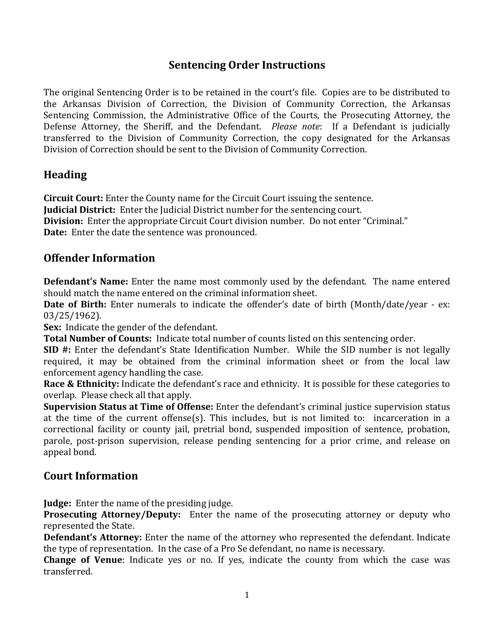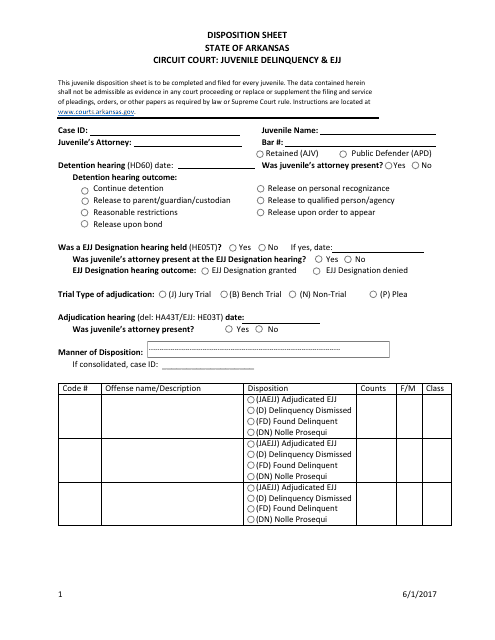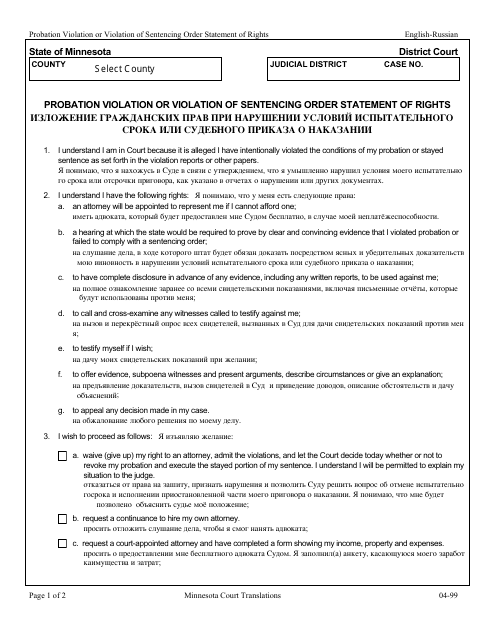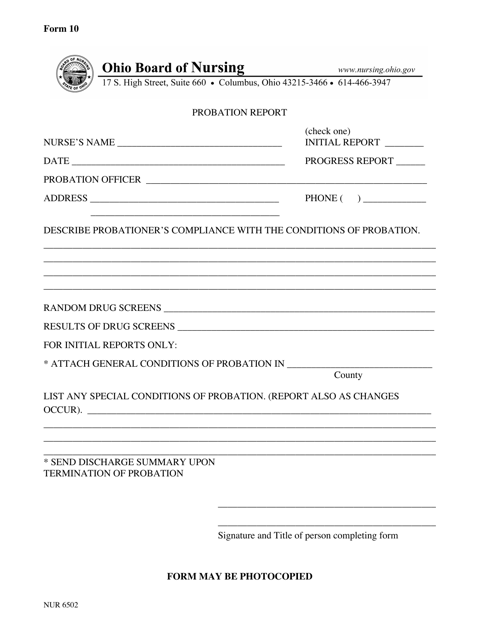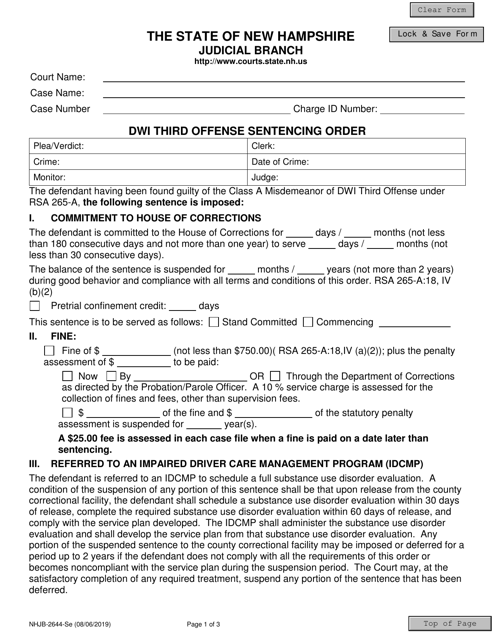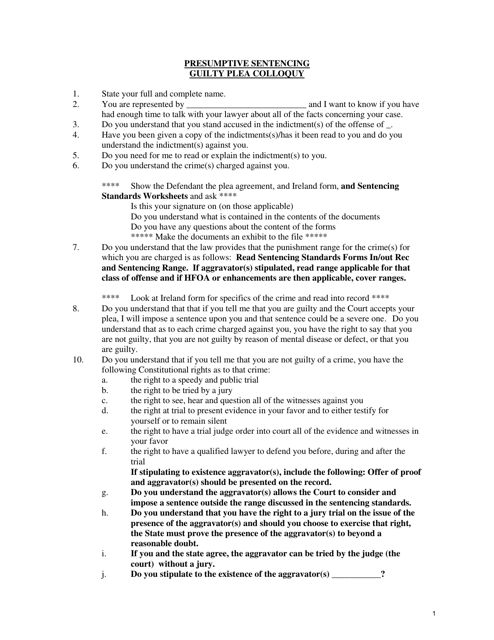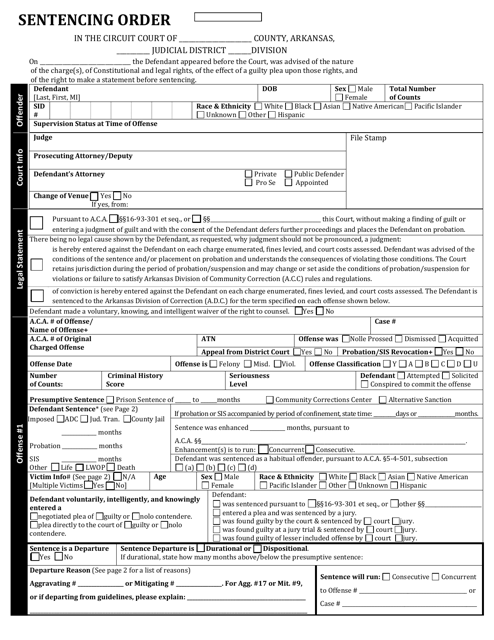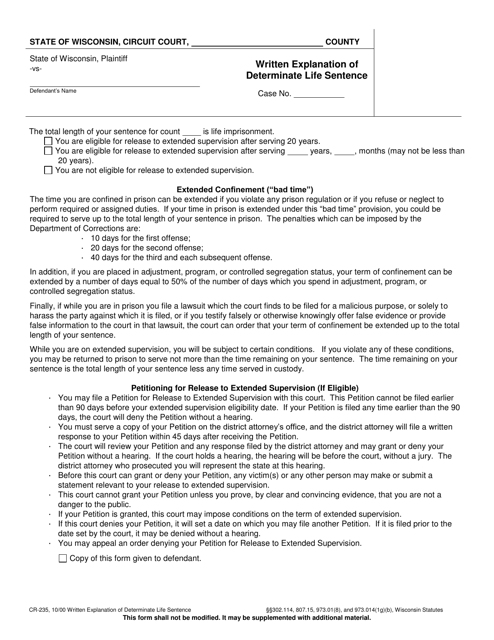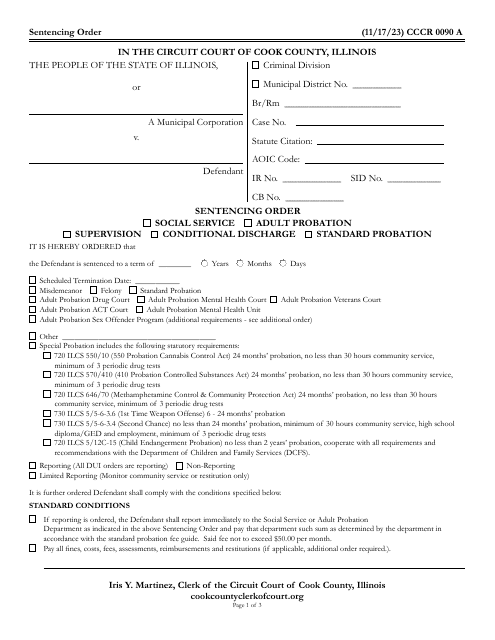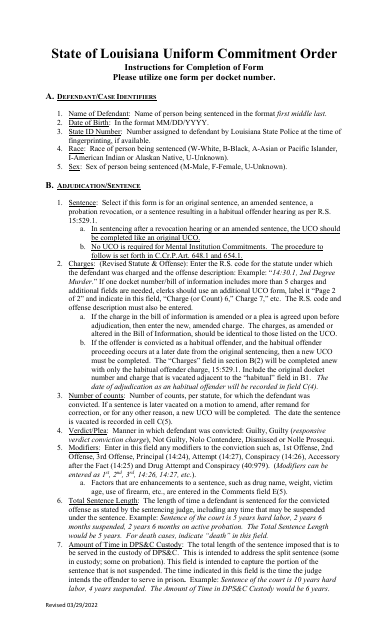Sentencing Guidelines Templates
When it comes to the legal system, sentencing guidelines play a crucial role in determining appropriate punishments for criminal offenses. These guidelines provide a framework that helps judges make fair and consistent decisions when sentencing individuals convicted of crimes. Providing a structured approach to sentencing, sentencing guidelines ensure that similar offenses are handled similarly across the justice system.
Often referred to as the heart of the criminal justice system, these guidelines help maintain transparency and accountability. With sentencing guidelines in place, judges consider various factors such as the nature of the crime, the defendant's criminal history, and any mitigating circumstances to arrive at an appropriate sentence. This ensures that justice is served fairly and uniformly, promoting trust in the legal system.
Sentencing guidelines are a valuable tool in the judicial process, reducing disparities in punishments and preventing over- or under-sentencing of individuals involved in criminal activities. These guidelines help create a level playing field for defendants, ensuring that factors such as race, gender, or socioeconomic status do not impact sentencing decisions.
Whether you refer to them as sentencing guidelines or by their alternate names, these documents are essential in promoting justice, fairness, and consistency in the criminal justice system. They provide a roadmap for judges to navigate the complex task of determining appropriate sentences for various offenses. By following these guidelines, judges can ensure that their decisions have a solid foundation based on legal principles and considerations.
In conclusion, sentencing guidelines are a fundamental element of the legal system, providing a consistent framework for judges to determine appropriate punishments for criminal offenses. By adhering to these guidelines, the justice system can foster trust, transparency, and equality, ultimately serving the best interests of both society and the individuals involved.
Documents:
17
This Form is used for recording the disposition of juvenile delinquency cases in Arkansas.
This document is a Statement of Rights for Probation Violation or Violation of Sentencing Order in Minnesota. It outlines the rights of individuals involved in probation violations or violations of sentencing orders. The document is available in both English and Russian languages.
This form is used for issuing an order for a presentence commitment for study in North Carolina. It helps determine the appropriate sentence for a defendant by assessing their mental health and recommending treatment options.
This Form is used for documenting extraordinary mitigation findings in structured sentencing cases in North Carolina.
This form is used for probation officers in Ohio to report on the progress and behavior of individuals serving probation.
This document is a time calculation audit form used in Oklahoma for sentences beginning prior to July 1, 1986.
This Form is used for completing a sentencing worksheet in the state of Washington. It is utilized by the Department of Social and Health Services (DSHS) to gather information about the offender and their offense in order to determine an appropriate sentence.
This form is used for the sentencing order for a third offense DWI (Driving While Intoxicated) in the state of New Hampshire.
This document is used for providing information about the defendant's background and circumstances to assist in determining an appropriate sentence in a Queensland, Australia court case.
This document is used for the process of sentencing after a guilty plea in Alabama. It outlines the conversation and questions that take place between the judge and defendant to ensure the plea is entered knowingly and voluntarily.
This Form is used for providing a written explanation of a determinate life sentence in the state of Wisconsin. It allows inmates to provide additional information or reasons for their sentence.
This document provides instructions for completing a Uniform Sentencing Commitment Order in the state of Louisiana. It is used to outline the sentencing decision of a court and provides guidelines for the offender's commitment to a correctional facility or other alternative sentencing programs.
This form is used for issuing a judgment of sentence and committing the individual to the Department of Corrections in Michigan.

